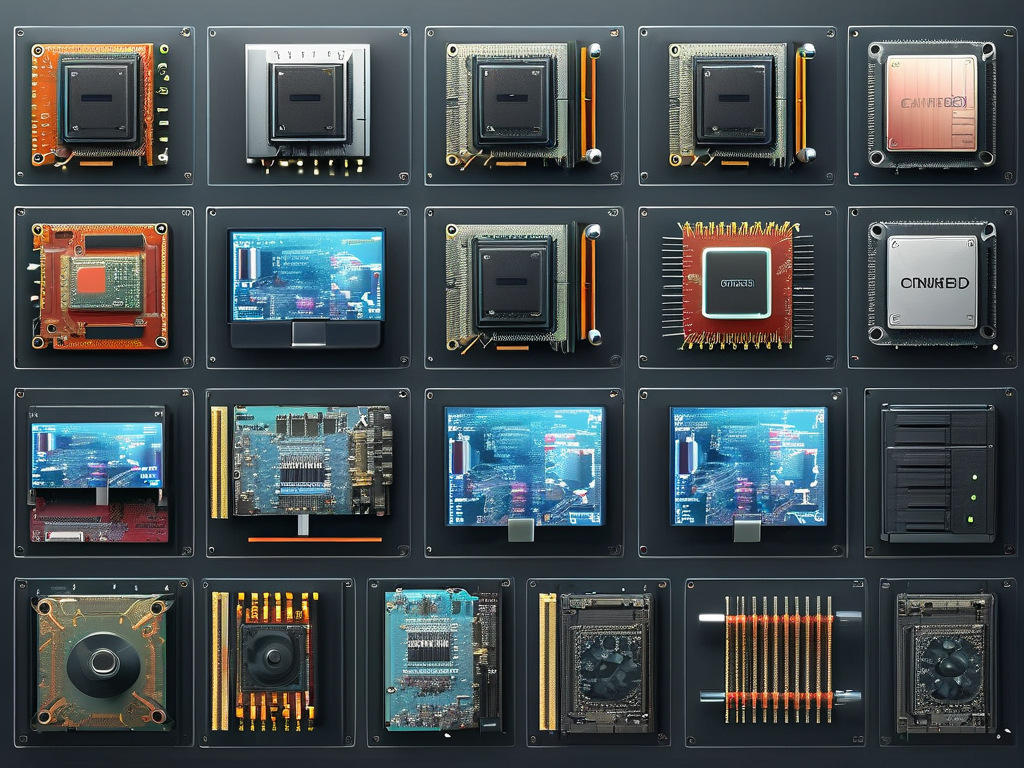Embedded systems form the backbone of modern technology, powering devices from smartwatches to industrial automation systems. For engineers seeking to master this field, understanding the core curriculum is critical. This article explores fundamental courses that shape competent embedded developers, with practical code examples and industry insights.

1. Microcontroller Architecture and Programming
At the heart of embedded development lies microcontroller programming. Courses typically start with 8/16-bit architectures like ARM Cortex-M or AVR, emphasizing register-level operations. Students learn to configure GPIO pins, timers, and interrupts through hands-on labs. For instance, blinking an LED using bare-metal C code demonstrates direct hardware control:
#include <avr/io.h>
#include <util/delay.h>
int main() {
DDRB |= (1 << DDB5); // Set PB5 as output
while(1) {
PORTB ^= (1 << PORTB5); // Toggle LED
_delay_ms(500);
}
return 0;
}
This exercise reinforces memory-mapped I/O concepts while introducing toolchains like GCC-AVR. Advanced modules cover power management and peripheral integration.
2. Real-Time Operating Systems (RTOS)
Modern embedded systems often require multitasking capabilities. RTOS courses teach task scheduling, semaphores, and message queues using platforms like FreeRTOS or Zephyr. A key project involves creating a sensor data logger with separate threads for data acquisition (high priority) and SD card storage (low priority). Students analyze worst-case execution times and stack overflows—skills vital for automotive and medical device development.
3. Hardware-Software Interface Design
Bridging digital logic and firmware demands expertise in hardware description languages (HDLs) and protocol integration. Labs focus on FPGA-based designs using Verilog/VHDL, coupled with I²C/SPI driver development. For example, configuring an accelerometer via SPI involves both HDL for bus controllers and C code for data processing:
module spi_controller (
input clk,
output reg mosi,
input miso,
output reg sclk,
output reg cs
);
// SPI state machine implementation
endmodule
Such projects highlight the symbiotic relationship between circuit design and embedded software.
4. Debugging and Optimization Techniques
Courses on debugging tools like JTAG probes and logic analyzers equip students to diagnose timing issues and memory leaks. Optimization modules address code size vs. speed tradeoffs—critical for resource-constrained systems. A case study might involve reducing a motor control algorithm’s CPU usage from 85% to 40% through loop unrolling and compiler flag adjustments.
5. IoT and Wireless Protocols
With the rise of connected devices, courses now integrate Bluetooth Low Energy (BLE) and LoRaWAN protocols. Students build end-to-end systems, such as a weather station transmitting data to AWS IoT Core. Security aspects like TLS encryption and OTA updates are emphasized, reflecting industry demands for robust IoT solutions.
Industry Trends Shaping Curriculum
Leading universities now incorporate AI at the edge, teaching TinyML frameworks for deploying neural networks on microcontrollers. Another emerging area is Rust-based firmware development, addressing memory safety concerns in critical systems. Partnerships with chip manufacturers like STMicroelectronics ensure labs feature cutting-edge hardware like STM32H7 boards with dual-core processors.
Mastering embedded development requires balancing theoretical knowledge with pragmatic problem-solving. Core courses evolve alongside technological advances, but foundational skills in low-level programming and system design remain timeless. Aspiring developers should supplement formal education with open-source projects and hardware prototyping to stay competitive in this dynamic field.









